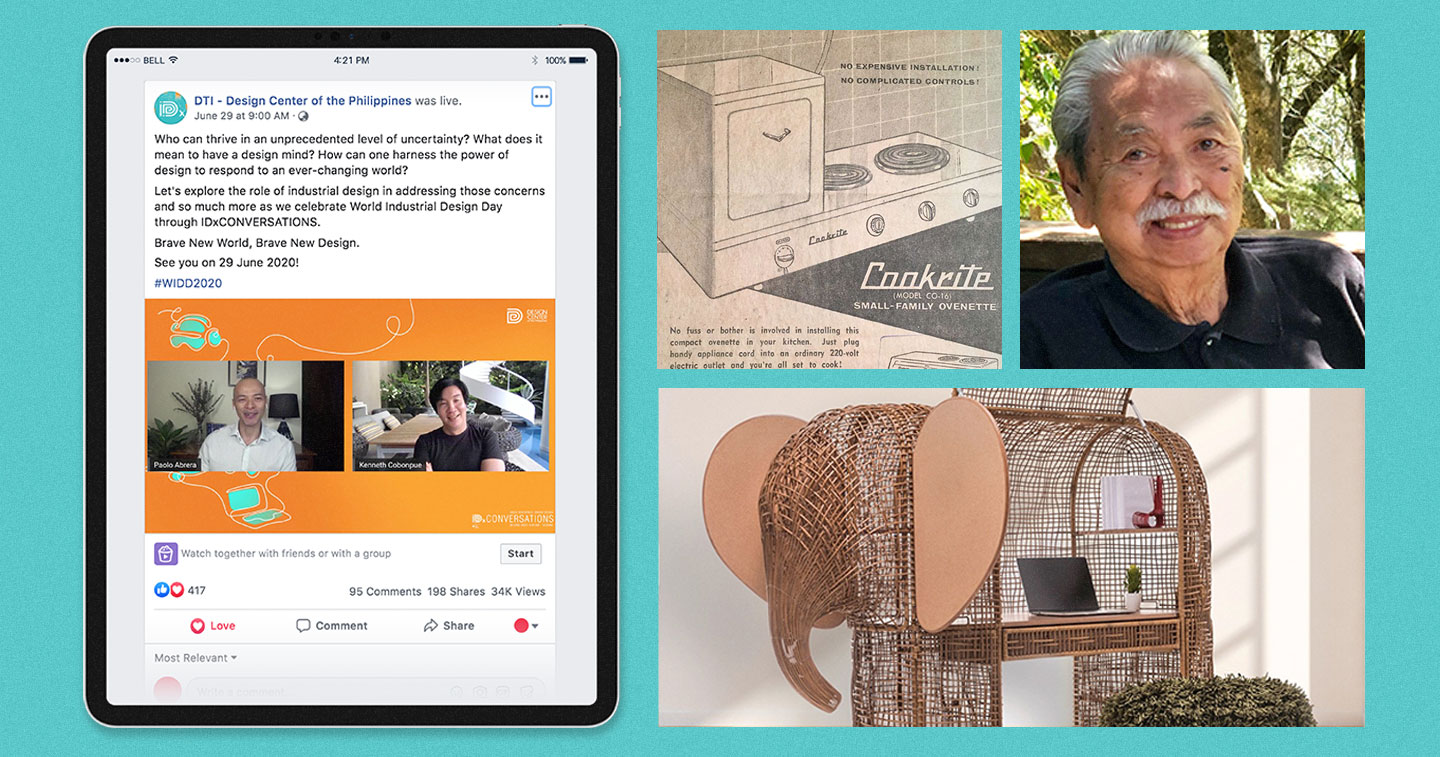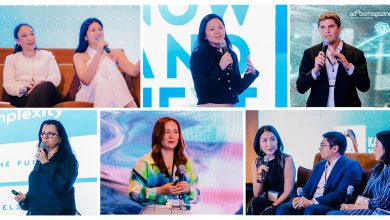MANILA, PHILIPPINES — In celebration of World Industrial Design Day last June 29, the Design Center of the Philippines staged its first-ever virtual design event, IDxCONVERSATIONS. The said event, tagged as a “virtual coffee chat,” featured Philippine industrial design’s finest: Al De Lange, the first-ever industrial designer of the country, founder of Designs Ligna and a founding director of the Design Center, and Kenneth Cobonpue, founder of his world-renowned namesake brand which showcases the best of Filipino craftsmanship with every design.
“This year, WIDD is anchored on the theme ‘design for everyday life,’ recognizing the value of products and services that make our lives easier and more efficient,” Executive Director Rhea Matute explained.
Matute added that in developing Design Center’s take on the theme, the COVID-19 pandemic was an inevitable consideration. “Our self-isolation during the pandemic and the ensuing lockdown entailed an exploration of our relationship with everyday things that serve to comfort us, bring us joy, increase our productivity, or provide stability during these otherwise uncertain times,” she noted.
As such, with the second edition of IDx, dubbed IDxCONVERSATIONS, the only national agency for design asserted that for a “brave new world,” it is imperative to come up with an even braver design solutions.
“The current moment we are in, after all, are made for the design mind — to navigate and to thrive through stressors, shocks, volatility, noise, mistakes, faults, attacks, or failures, and to come out stronger,” Department of Trade and Industry Undersecretary Abdulgani Macatoman stressed in his opening remarks for IDxCONVERSATIONS. “As we look toward historical examples of how design solved real-world problems and took us from one era to the next, we must also remember that the brave new world we are stepping into must be matched by braver design,” he added.
IDxCONVERSATIONS, hosted by Paolo Abrera, kicked off with a recorded interview of Al De Lange, from his home in California. In the interview, De Lange shared growing pains on his way to becoming an accomplished industrial designer, as well as breakthrough moments in his design career. He cited his stab at a fiber glass car, developed in Cleaveland while studying industrial design and drew the interest of General Electric (GE) designers enough to support the prototyping,as his “real breakthrough.” “That opened a lot of doors for me.”

Upon returning to Manila, he then went on to become Design Director of DRB Marketing, where he designed a portable plastic radio that was a big nationwide hit, as well as a refrigerator that was innovated to accommodate more than water. De Lange also fondly remembered his time as a founding Director of the Design Center, saying that he favored the agency’s workshops and his desire to nurture more craftspeople — designers.
“The challenge for designers in the low-touch economy is we become impersonal — there’s less human interaction. It’s up to designers to make this connection still possible.” – Kenneth Cobonpue
The second segment of IDxCONVERSATIONS saw a live virtual chat between Abrera and Cobonpue, where they discussed the evolving role of design considering the so-called new normal.
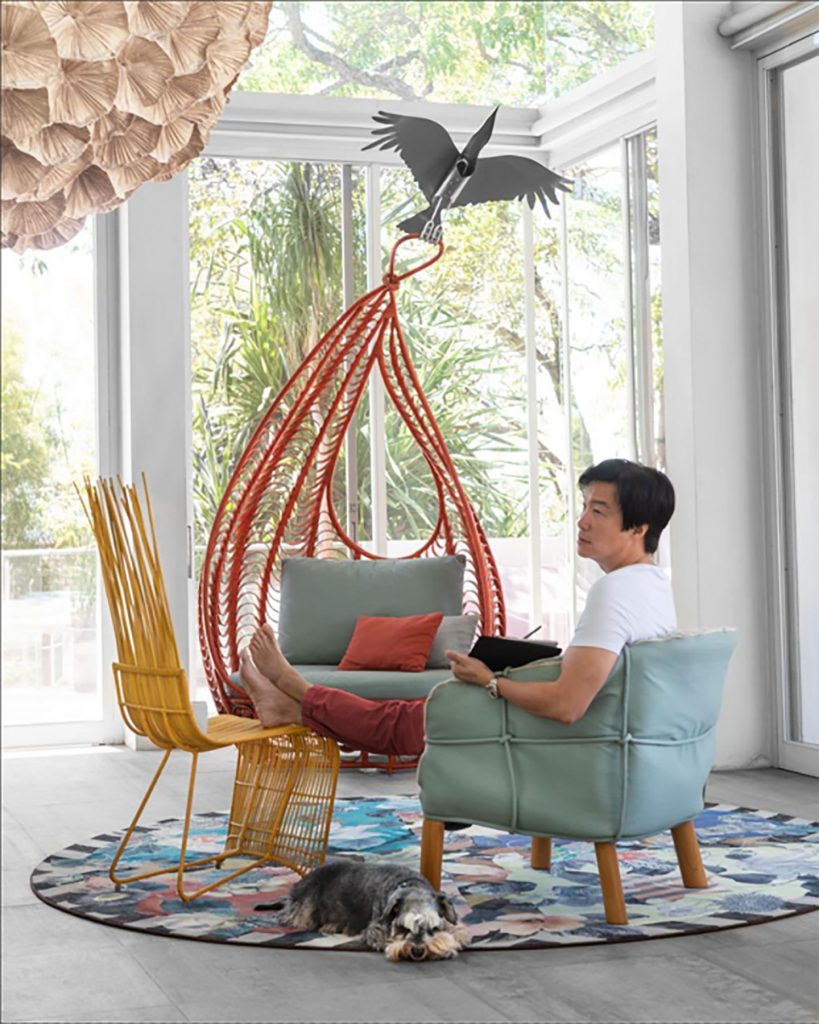
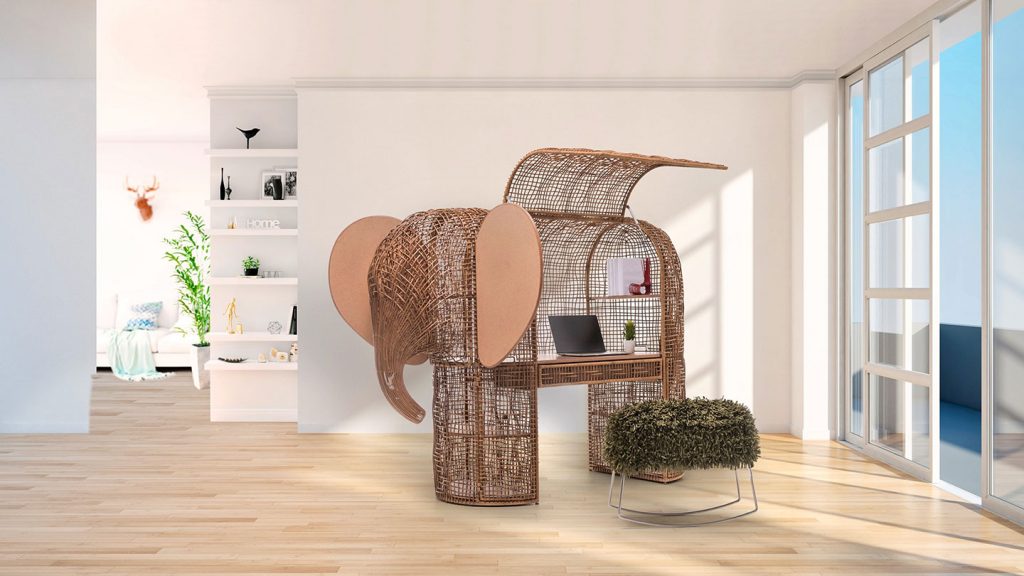
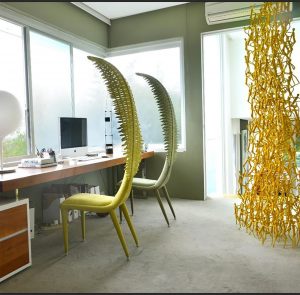
“Everyday life is definitely going to change. I think the challenge now for designers is to design products which allow you to actually go in and out of your communal space and retreat into your personal space,” Cobonpue said. “The challenge for designers in the low-touch economy is we become impersonal — there’s less human interaction. It’s up to designers to make this connection still possible and at the same time have your own space,” he added.
During the chat, where Abrera described the pandemic as a “great disruptor and great accelerator” for the design sector, Cobonpue also shared the KENNETHCOBONPUE brand’s design ideas in anticipation of a low-touch economy. Concepts and designs included chairs and entire workspaces that would still allow for social distancing.
“The field of industrial design is very broad. What I want to point out here is the role Filipino designers will play now in the global world of design. This pause has allowed us to rethink our robotic approach to design and the design calendar. The challenge now is to transform all these characteristics of Filipino design and to bring the Philippine craftsmanship create something that’s going to transition us into the new normal,” Cobonpue concluded.
IDxCONVERSATIONS ended with a video titled “Ang Disenyo ng Ating Kinabukasan,” which featured crowdsourced design ideas that would address the challenges that would arise in a brave new world.
The stream is still available at the Design Center’s official Facebook page: @DTI.DesignCenterPH

